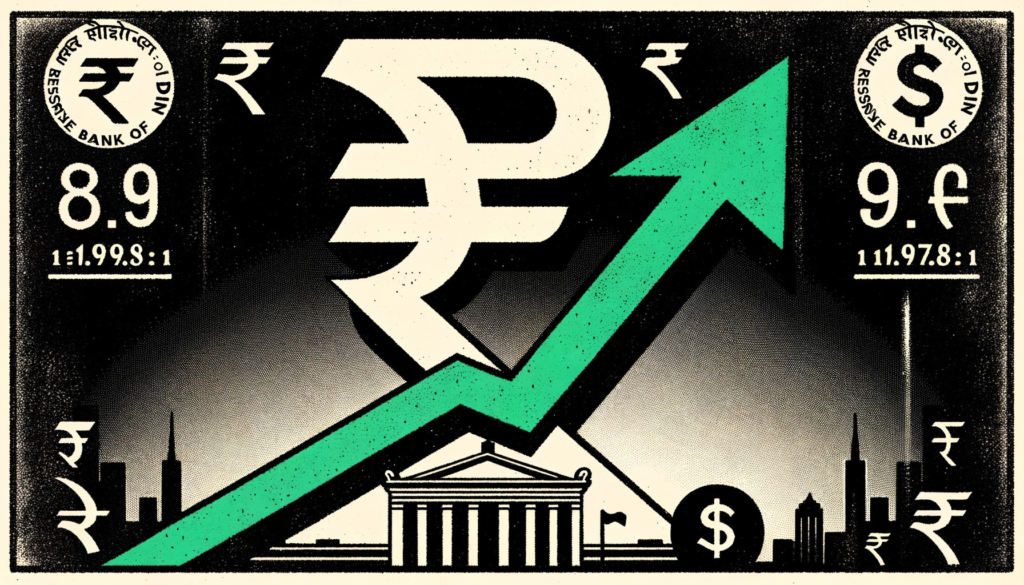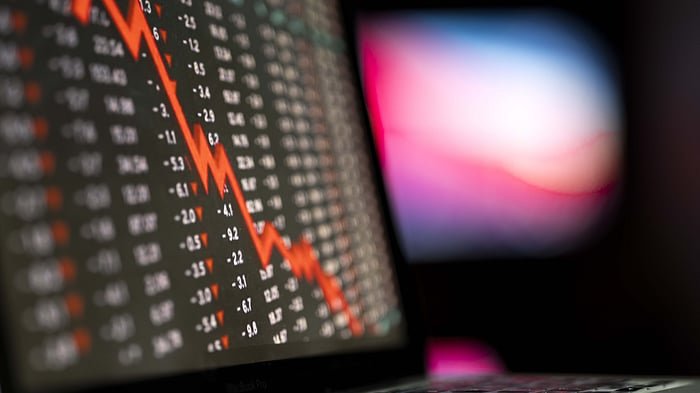What’s going on here?
The Indian rupee inched up to close at 83.6975 against the US dollar, buoyed by likely intervention from the Reserve Bank of India (RBI).
What does this mean?
The Indian rupee has been under pressure, hitting an all-time low of 83.72 against the US dollar just on Wednesday. This slump brought the rupee below its previous low of 83.7150. The government’s recent move to raise taxes on derivatives trades and capital gains from equity investments caused nearly $1 billion to flee from local equities, adding to the currency’s woes. However, the RBI stepped in, likely intervening in the local spot and non-deliverable forward markets. This action provided some relief and prevented further depreciation.
Why should I care?
For markets: Central banks to the rescue.
The RBI’s timely intervention indicates the central bank’s commitment to stabilizing the rupee amid equity outflows and tax changes. Forex traders at private banks believe that the dollar-rupee pair will trade between 83.55-83.75 in the near future, with strong resistance expected at 83.80. Additionally, the dollar index’s slight drop to 104.2 and a rise in dollar-rupee forward premiums highlight the dynamic nature of currency markets. As investors await pivotal US GDP data and jobless claims figures, any significant shifts could further impact global forex trends.
The bigger picture: A global perspective.
Currency trends are not confined to national borders. The offshore Chinese yuan has reached its highest level since May, driven by a stronger Japanese yen and dollar sales from major Chinese banks. With Societe Generale forecasting modest dollar weakness ahead, there’s potential for notable shifts in the dollar’s positioning in global markets. Such movements could influence international trade dynamics and economic strategies across borders, making macroeconomic statistics and central banks’ actions all the more critical.







